Description
Who Provides Vehicle Antenna Through-hole Screw Mount Antenna Design?
Internet of Things (IoT) omnidirectional dipole antennas Machine-to-Machine (M2M) outdoor antennas have been designed to provide Lora/ISM/Wifi/Cellular/LTE antenna function for the Internet of Things (IoT) and M2M applications.
C&T RF Antennas Inc’s Through-hole Screw Mount Antenna IoT M2M antenna range features a compact, robust, low-profile weatherproof housing that’s perfect for a variety of applications, including light transit passenger vehicles, and agricultural vehicles, buses and coaches, and trucks.
Through-hole Screw Mount Antenna Design
We can do the Through-hole Screw Mount Antenna Omnidirectional Dipole Antenna Outdoor Antenna For IoT M2M applications with the below designs:
Through-hole Screw Mount Antenna design for the IoT industry application
Through-hole Screw Mount Antenna design for M2M industry application
Through-hole Screw Mount Antenna design for NB-IoT industry application
Through-hole Screw Mount Antenna design for Lora application
Through-hole Screw Mount Antenna design for 433 MHz application
Through-hole Screw Mount Antenna design for 868 MHz application
Through-hole Screw Mount Antenna design for 915 MHz application
Through-hole Screw Mount Antenna design for ISM application
Through-hole Screw Mount Antenna design for GSM application
Through-hole Screw Mount Antenna design for 2G application
Through-hole Screw Mount Antenna design for 3G application
Through-hole Screw Mount Antenna design for 4G LTE application
Through-hole Screw Mount Antenna design for 5G NR application
Through-hole Screw Mount Antenna design for 6G application
Through-hole Screw Mount Antenna design for Wifi application
This Vehicle Antenna Through-hole Screw Mount Antenna Design‘s picture is with an 80x30mm low-profile antenna 4G LTE Screw Mount Antenna Waterproof Radome Antenna style, a 46x17mm compact low-profile antenna Compact Low-profile 3G 4G Screw Mount Antenna, a 50x49mm compact antenna radome Low-Profile 3G 4G LTE Omnidirectional Screw-Mount Antenna, a 61x20mm low-profile antenna Outdoor High-gain Screw Mount 4G LTE Antenna.
The Through-hole Screw Mount Antenna design will include an off-the-shelf component specially selected for your application.
Free Through-hole Screw Mount Antenna design for going wireless in 24h.
Get your Through-hole Screw Mount Antenna design report. One antenna, for many devices. One antenna, many designs. One antenna, many bands.
C&T RR Antennas Inc provides the internal-external antennas with many antenna frequencies such as NFC, 169MHz, 230MHz, 315MHz, 433MHz, 868MHz, 915MHz, VHF&UHF, Lora, NB-IoT, ADS-B, GSM, GNSS, GPRS, 1.2 GHz, 1.4 GHz, 1.8 GHz, Wi-Fi 2.4 GHz, 5.8 GHz, Cellular 2G, 3G, 3.5 GHz, 4G LTE, GPS, 5G NR, 6G, etc.
C&T RF Antennas Inc. provides RF antennae with Omni & Directional antenna types such as Dipole Antennas, Whip Antennas, Marine Antennas, Router Antennas, MIMO Antennas, Combo Antennas, PCB Antennas, FPC Antennas, Spring Antennas, Magnetic Antennas, Sector Antennas, Yagi Antennas, and Accessories, etc, for IoT & M2M industries.
In most cases, the Through-hole Screw Mount Antennas for IoT applications must be inconspicuous or even invisibly integrated into the product or devices, in order not to affect the exterior design. This requires customized antenna solutions that are optimally adapted to the customer product and the respective product environment.
Antenna development is done by using modern simulation tools that enable precise modeling, evaluation, and optimization of antennas. An accurate determination of fundamental antenna parameters such as input impedance, current, and field distribution allows the optimal design of the antenna geometry.
The antenna may be implemented as a separate component within a housing or be integrated on a circuit board together with other components. In the second solution, which is space-saving and cost-effective, the entire circuit board has to be considered in the simulation. This is due to the fact that the circuit board becomes part of the antenna.
Moreover, not only the antenna geometry and the immediate surroundings of the antenna are responsible for the radiation quality. The IoT product itself and even the user of the product can strongly affect the resulting radiation pattern and other characteristics of the antenna. In order to take these effects into consideration, the whole IoT product must be included in the antenna simulations.
Using C&T RF Antennas Inc.’s experience and unique know-how in the field of antenna development, coupled with the use of modern technology and simulation tools, we deliver exclusive antenna solutions for your IoT M2M applications!!!
Contact us for the Through-hole Screw Mount Antenna design time, Through-hole Screw Mount Antenna design cost, and Through-hole Screw Mount Antenna details.
The Through-hole Screw Mount Antenna for IoT And M2M
The Internet of Things (IoT) is expected to connect billions of devices in the next decade.
Low-cost, high-coverage, and low-power solutions will become the basis for solutions for most use cases of IoT applications.
Industry coordination of strong technical standards and protocols will promote greater economies of scale and easy end-to-end integration and interoperability.
Machine-to-machine (M2M) communication is a huge part of the entire Internet of Things (IoT) ecosystem. It is worth noting that it can connect machines in an autonomous, reliable, and cost-effective way.
However, the choice of wired and wireless solutions in the M2M industry is often controversial.
Compared with wired solutions, wireless solutions are attractive in terms of relatively easy deployment and robustness against single points of failure, while wired solutions can ensure coverage of locations that are difficult to reach by radio.
Compared with wired solutions, the main challenges of wireless solutions for M2M applications are power consumption and the cost of radiofrequency radios.
Different M2M services have different requirements, and a single standardized solution for all these requirements such as mobility, power consumption, coverage, ease of rollout, etc. is the key to ensuring that the cost targets required for the successful application of M2M solutions to the mass market are achieved.
The solution for isolated cluster deployment is based on wireless personal area networks (WPAN: wireless personal area networks), such as Bluetooth, ZigBee, and 6LoWPAN.
Solutions based on technologies such as those developed by 3GPP are more suitable for M2M services that require mobility and a wider communication range.
Another challenge is to use APIs to meet the critical link requirements between the M2M network and core enterprise systems. Its standardization will pave the way for a lightweight, large-scale, and continuously available real-time interface. The industry is currently formulating coordinated API standards to forge the realization of the value chain.
All the above features are the basis for providing the best solution for M2M communication.
Cellular MTC
3GPP is beginning to study and standardize specific technology machine-type communication (MTC) embodiments through its industry partners.
Advantages and disadvantages of cellular M2M communication
Advantages of using cellular technology for M2M communication
There are many advantages to using cellular systems to provide M2M connections. With ubiquitous coverage, roaming support, interoperability assurance, service quality assurance, the ability to provide service level agreements, and the availability of operating service platforms, it is possible for cellular technology to provide commercially competitive M2M solutions.
Compared with ZigBee, Wi-Fi, or other low-power wide-area networks (such as LoRaWAN, and Sigfox), M2M allows cellular coverage to be universally available even in the most remote places.
Therefore, there is no need to install additional gateways or repeaters, which will significantly reduce entry barriers to deployment and operating costs. The total cost of ownership of cellular-based M2M solutions is more cost-effective than competing connectivity solutions.
Another huge advantage of cellular M2M is the ability to support mobility and roaming. This will immediately expand the market to areas such as automotive and tracking applications.
From a business perspective, another big advantage is the availability of SLAs in the licensed cellular spectrum. SLAs can be signed and executed in the cell in the licensed frequency band, thereby providing additional peace of mind for M2M solution providers.
Another strong business aspect is to provide horizontal (horizontal) service platforms (horizontal service platforms). If the same service platform can be used/re-used, the entry barrier to providing additional services such as M2M/IoT applications is much lower.
Challenges to Promote the Development of Cellular M2M
However, there are still several challenges so far, and overcoming these challenges can ensure the real appeal of M2M cellular solutions.
The significant challenge is to be able to uniquely identify M2M devices, optimize the system for small and low-frequency data transmission, provide additional coverage in a very challenging propagation environment, handle congestion in access and core networks, and reduce complexity Performance and energy consumption, and promote the provision of viable services.
Challenges related to cellular M2M device design involve
(I) Energy consumption;
(Ii) Modem complexity;
(Iii) Modem cost.
All three are intertwined, for example, the reduction of complexity is usually accompanied by the reduction of cost. If the complexity of the device is reduced, the processing power may be significantly reduced.
Applicability of cellular solutions
The key component of the cellular system is the frequency spectrum, and the frequency spectrum is considered a valuable resource. Therefore, one of the key considerations in technological evolution is spectrum efficiency.
Compared with the first-generation system, the spectrum efficiency of 4G is increased by 20 times. The 4G LTE system can be deployed in six different carrier bandwidth configurations ranging from 1.4 to 20 MHz.
This flexibility is the key to better use of the fragmented spectrum.
Latency and user throughput are important attributes that affect user experience.
The 4G LTE system has been optimized for mobile broadband transmission, with an end-to-end delay of tens of milliseconds, and an average user data rate of tens of Mbits per second.
The high-performance 4G system for broadband data increases the complexity of the equipment, increases the power consumption, and the less mature ecosystem, as well as the roaming challenges caused by the restrictions of the equipment supported by a large number of scattered deployment frequency bands worldwide.
In terms of supporting the strict requirements of M2M, the 2G technology series, namely GSM and GPRS/EGPRS are ideal because of their low power consumption and cost, wide coverage, and developed and mature ecosystem;
However, from an economic point of view, it is more feasible to recombine frequency bands for next-generation systems. The 3G series, namely UMTS and HSPA, is an undesirable technology because of poor power efficiency and higher modem cost;
4G technologies, namely LTE and LTE-A, have once again aroused the interest of the industry because the OFDM(A) technology adopted by the air interface allows bandwidth to be scaled as needed; the problems of modem cost and global coverage are gradually being solved.
The 3GPP protocol of the first version of LTE can already support Massive-MTC applications well. However, the 3GPP protocol has recently been updated as part of the specific evolution of LTE to achieve enhanced support for large-scale MTC applications.
In addition to this more direct evolution of LTE’s enhanced support for large-scale MTC applications, there is also a parallel 3GPP standard activity called Narrowband Internet of Things (IoT) (NB-IoT).
In the beginning, NB-IoT developed as a 3GPP technology track separated from LTE evolution. However, recently NB-IoT technology has been consistent with the development of LTE, and it can now be regarded as part of the overall evolution of LTE.
Summary
All in all, the economics of most MTC applications are achieved by using economies of scale to reduce costs. From this perspective, the current 2G system can meet the demand.
The argument for using the 4G LTE system for MTC applications is to benefit from the spectrum efficiency and bandwidth flexibility provided by the 4G system, as well as the long-term application expectations of this technology as a future cellular system.
As mentioned above, high data rates and low latency are not key attributes of most MTC applications. The challenge is to adapt to the 4G LTE system designed for efficient broadband communication and to provide and support MTC applications.
Vehicle Antenna Through-hole Screw Mount Antenna Design Video
The through-hole screw mount antenna features

The through-hole screw mount antenna IP67-rated waterproof antenna
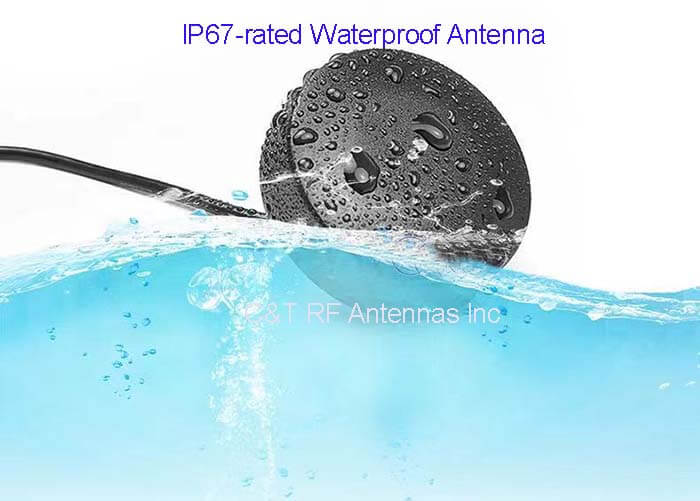
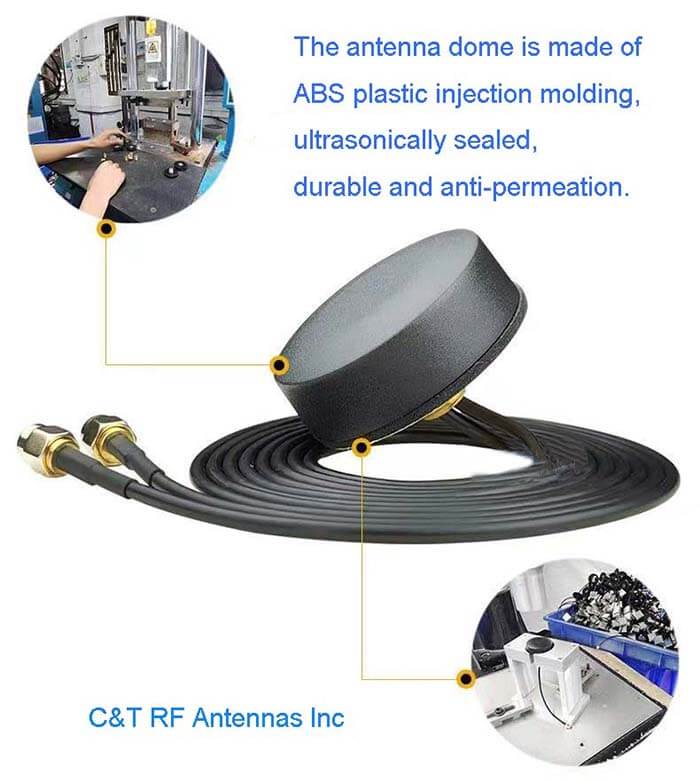
The through-hole screw mount antenna applications
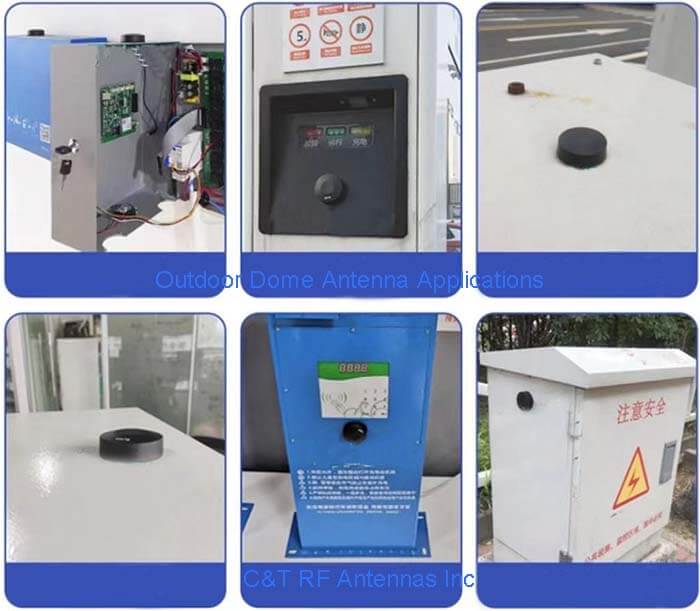
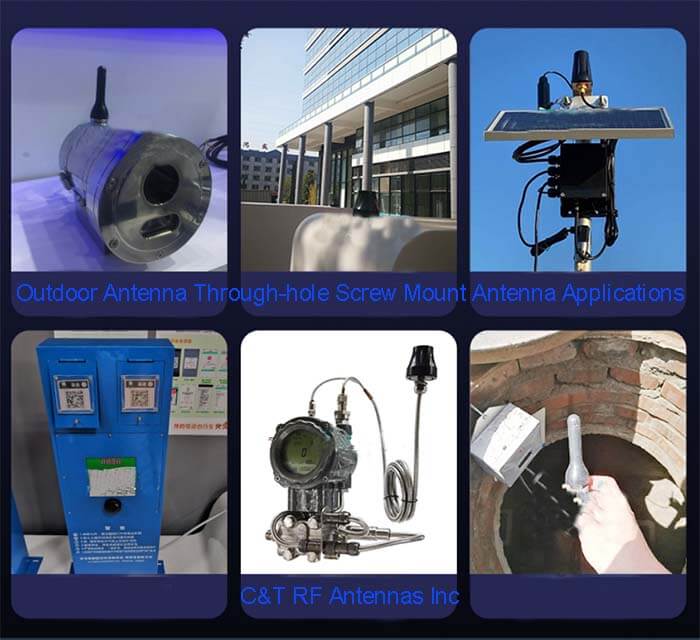



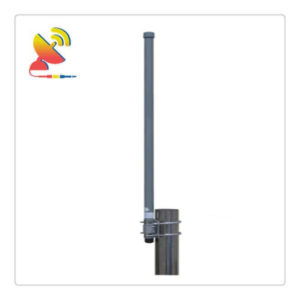
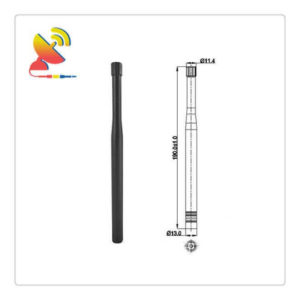
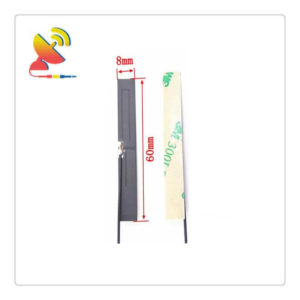
Reviews
There are no reviews yet.